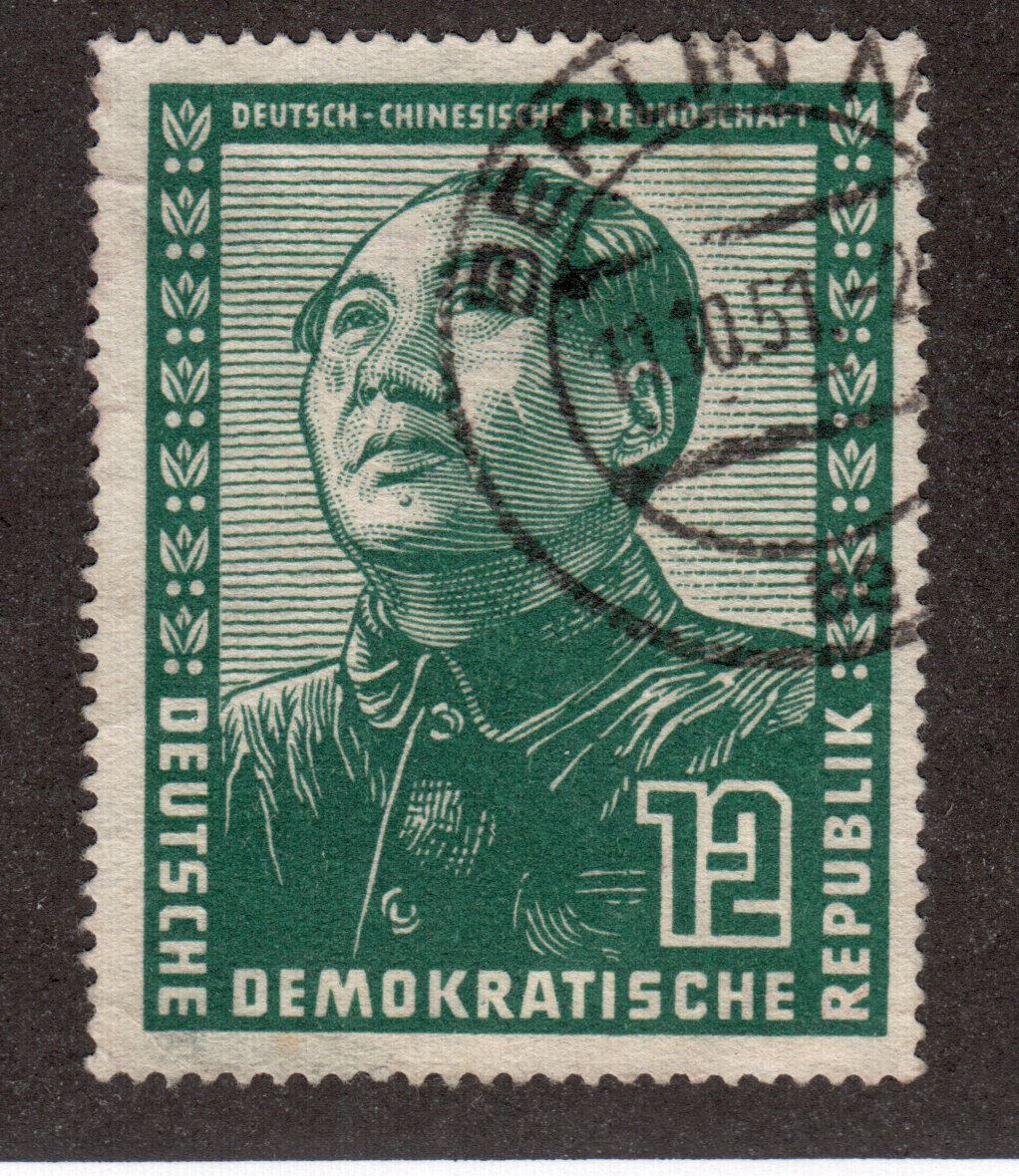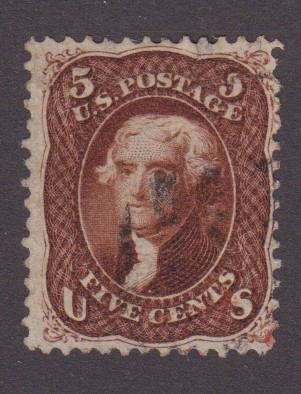
Discussion - Member to Member Sales - Research Center

Discussion - Member to Member Sales - Research Center

What about the blue one?

Thanks.

Login to Like
this post
A colour changeling?

Login to Like
this post
Probably exposed to too much sunlight which tends to destroy yellow pigments before other colors.

2 Members
like this post.
Login to Like.
However, the yellow on the saddle, etc. is unaffected in the second stamp, which leads me to believe this is not the case.

2 Members
like this post.
Login to Like.
Scott number is 1020 - year is 1970.
No mention of a blue issue/variation.

Login to Like
this post
I agree it's a colour changeling.
There's still some green colour showing in the top right of the stamp above the name.

2 Members
like this post.
Login to Like.
@musicman - indeed, the saddle is unaffected. I should have noticed that. Nevertheless, some chemical change must have happened, whether by light or by some other agent.
I get the impression that too little attention is paid to the chemistry of printing inks anyway. Might be worth trawling the scientific databases for related works. But we would need to know which pigments were used, too. Sounds like we've got a topic for the thesis of a chemistry student here ;-)

Login to Like
this post
It appears to me that only the green background ink is different on the stamp on the right. If so, how could the horse and rider be effectively screened during the process, whatever it was, to change the green to blue. A puzzle for sure.
DonSellos

Login to Like
this post
Michel does not mention that this stamp can be blue. And Michel is very serious about variations, especially when it is a German stamp. I got this stamp, some time ago, in an envelope of used stamps in Pennsylvania.
Probably, something has happened to the stamp, that the color changed so well to blue. Thanks, Virgil

1 Member
likes this post.
Login to Like.
01:24:29pm
The green stamp (I think) is Scott or Michel 623.
What about the blue one?

Thanks.

Login to Like
this post
re: Germany interesting
Probably exposed to too much sunlight which tends to destroy yellow pigments before other colors.

2 Members
like this post.
Login to Like.

re: Germany interesting
However, the yellow on the saddle, etc. is unaffected in the second stamp, which leads me to believe this is not the case.

2 Members
like this post.
Login to Like.

re: Germany interesting
Scott number is 1020 - year is 1970.
No mention of a blue issue/variation.

Login to Like
this post

re: Germany interesting
I agree it's a colour changeling.
There's still some green colour showing in the top right of the stamp above the name.

2 Members
like this post.
Login to Like.
re: Germany interesting
@musicman - indeed, the saddle is unaffected. I should have noticed that. Nevertheless, some chemical change must have happened, whether by light or by some other agent.
I get the impression that too little attention is paid to the chemistry of printing inks anyway. Might be worth trawling the scientific databases for related works. But we would need to know which pigments were used, too. Sounds like we've got a topic for the thesis of a chemistry student here ;-)

Login to Like
this post

re: Germany interesting
It appears to me that only the green background ink is different on the stamp on the right. If so, how could the horse and rider be effectively screened during the process, whatever it was, to change the green to blue. A puzzle for sure.
DonSellos

Login to Like
this post
04:06:03pm
re: Germany interesting
Michel does not mention that this stamp can be blue. And Michel is very serious about variations, especially when it is a German stamp. I got this stamp, some time ago, in an envelope of used stamps in Pennsylvania.
Probably, something has happened to the stamp, that the color changed so well to blue. Thanks, Virgil

1 Member
likes this post.
Login to Like.


